Ethics: University of Minnesota’s hostile patches
The University of Minnesota (UMN) got into trouble this week for doing a study where they have submitted deliberately vulnerable patches into open-source projects, in order to test whether hostile actors can do this to hack things. After a UMN researcher submitted a crappy patch to the Linux Kernel, kernel maintainers decided to rip out all recent UMN patches.
Both things can be true:
- Their study was an important contribution to the field of cybersecurity.
- Their study was unethical.
Cloudflare obtains new ISO/IEC 27701:2019 privacy certification and what that means for you
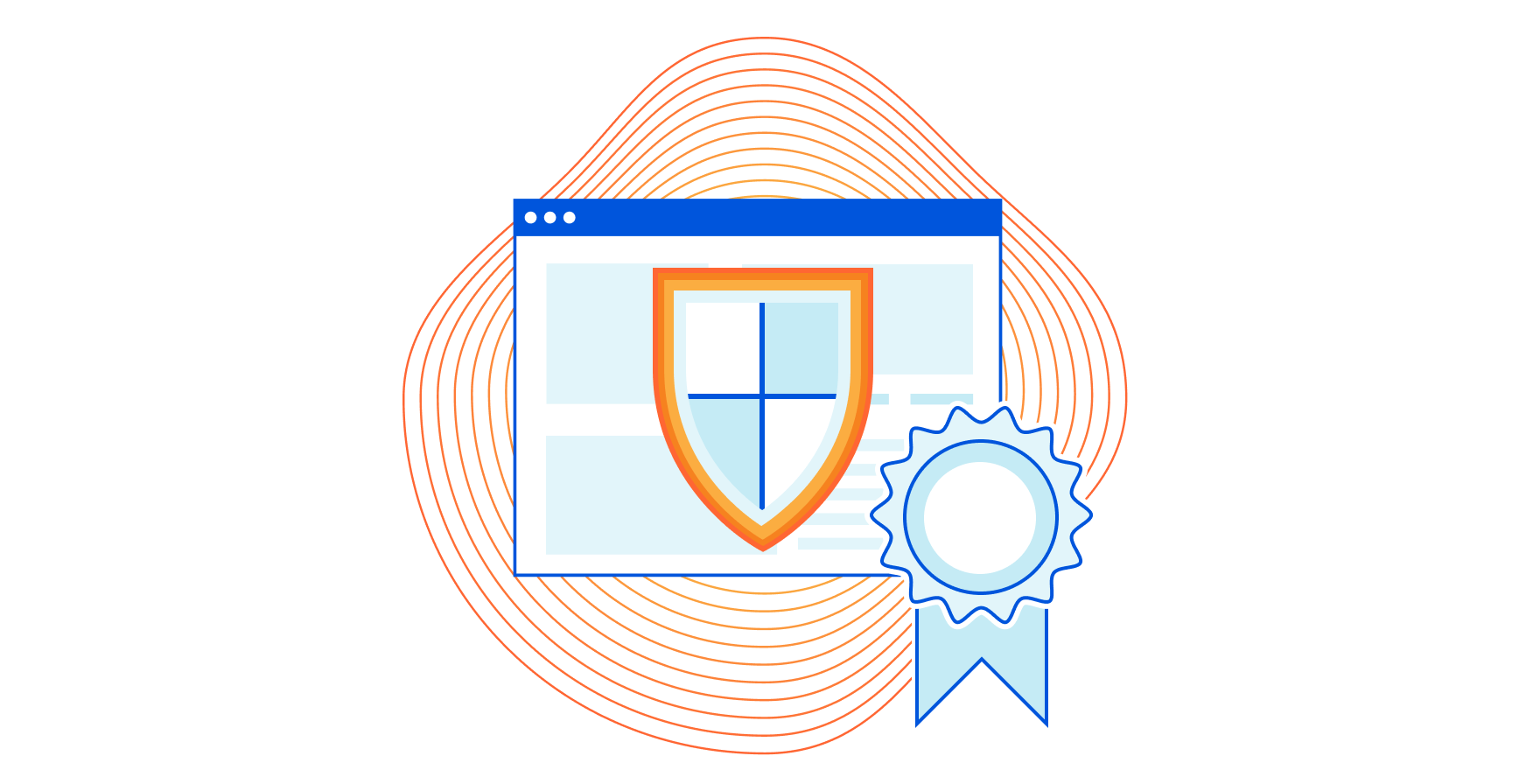
This post is also available in French and German.
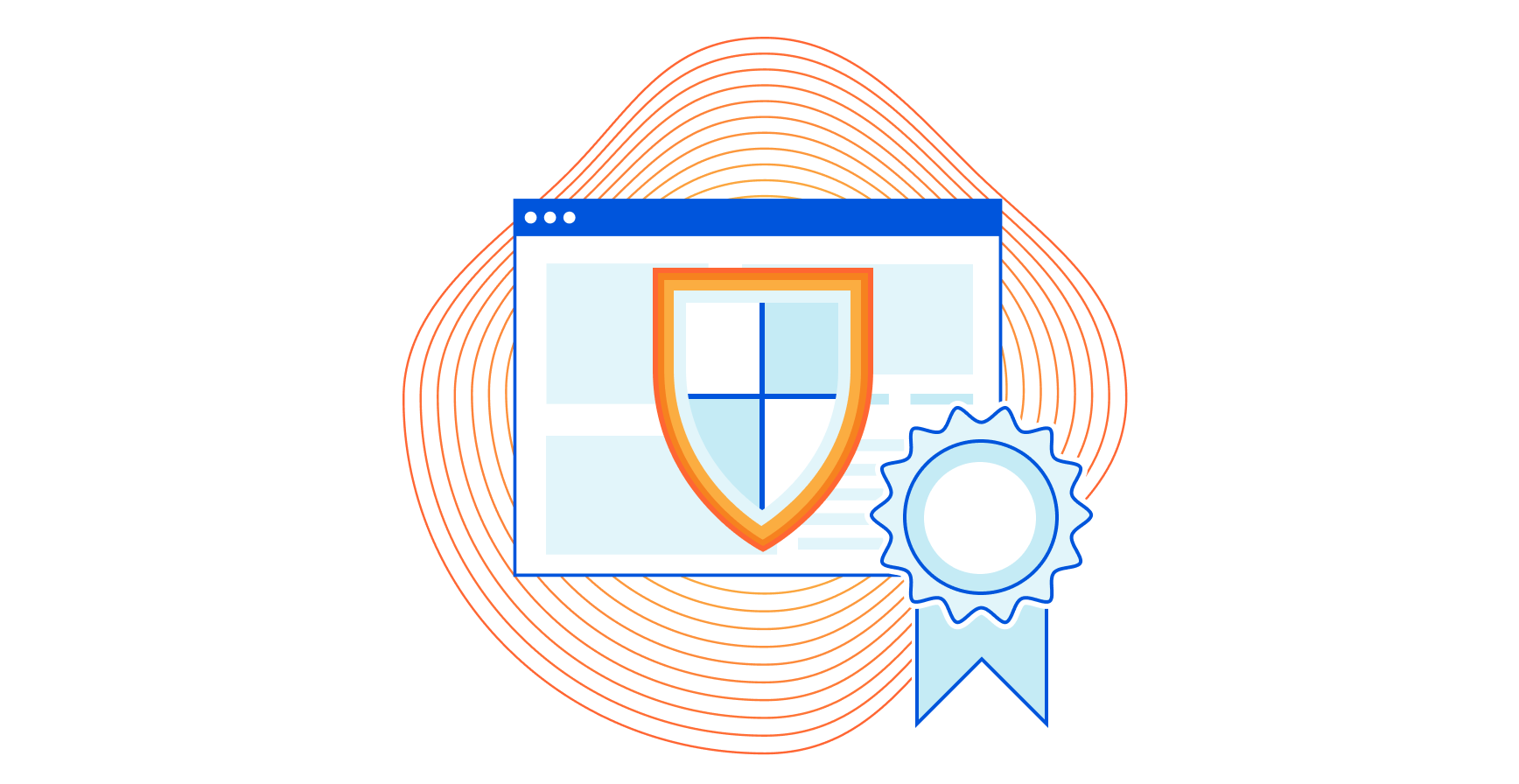
Cloudflare is one of the first organisations in our industry to have achieved ISO/IEC 27701:2019 certification, and the first web performance & security company to be certified to the new ISO privacy standard as both a data processor and controller.
Providing transparency into our privacy practices has always been a priority for us. We think it is important that we do more than talk about our commitment to privacy — we are continually looking for ways to demonstrate that commitment. For example, after we launched the Internet's fastest, privacy-first public DNS resolver, 1.1.1.1, we didn’t just publish our commitments to our public resolver users, we engaged an independent firm to make sure we were meeting our commitments, and we blogged about it, publishing their report.

Following in that tradition, today we’re excited to announce that Cloudflare has been certified to a new international privacy standard for protecting and managing the processing of personal data — ISO/IEC 27701:2019. The standard is designed such that the requirements organizations must meet to become certified are very closely aligned to the requirements in the EU’s General Data Protection Regulation (“GDPR”). So Continue reading
DDoS attack trends for 2021 Q1


Last week was Developer Week at Cloudflare. During that week, our teams released a bunch of cool new products, including a bunch of improvements to Workers. And it's not just our customers that love deploying apps with Workers, but also our engineering teams. Workers is also what powers our Internet traffic and attack trends on Cloudflare Radar. Today, along with this deep-dive analysis blog, we’re excited to announce the new Radar DDoS Report page, our first fully automated data notebook built on top of Jupyter, Clickhouse, and Workers.
Last month, we introduced our autonomous edge DDoS (Distributed Denial of Service) protection system and explained how it is able to drop attacks at wire speed without impacting performance. It runs in our networks’ edge, analyzes traffic asynchronously to avoid impacting performance, and pushes mitigation rules in-line immediately once attacks are detected. All of this is done autonomously, i.e., without requiring centralized consensus.
Today, we’d like to share the latest DDoS insights and trends that are based on attacks that our system mitigated during the first quarter of 2021. When we analyze attacks, we calculate the “DDoS activity” rate, which is the percent of attack traffic out of Continue reading
First look: new O’Reilly eBook on Kubernetes security and observability *early release chapters*
We are excited to announce the early release of a new O’Reilly eBook on Kubernetes security and observability!
This practical book introduces new cloud-native approaches for Kubernetes practitioners who care about the security and observability of mission-critical microservices. Through practical guidance and best practice recommendations, this book helps you understand why cloud-native applications require a modern approach to security and observability practices and how to implement them.
 You should read this book if you want to:
You should read this book if you want to:
- learn why you need a security and observability strategy for cloud-native applications, and determine your scope of coverage;
- understand key concepts behind Kubernetes’s security and observability approach;
- discover how to split security responsibilities across multiple teams or roles; and/or
- learn how to architect Kubernetes security and observability for multi-cloud and hybrid environments.
Whether you want to know how to secure and troubleshoot your cloud-native applications, or are exploring Kubernetes for your organization and would like to solve security and observability challenges before making a decision, you will find that this book provides valuable insight.
Get your early release copy here!
The post First look: new O’Reilly eBook on Kubernetes security and observability *early release chapters* appeared first on Tigera.
Calico Cloud now available on AWS Marketplace
We are pleased to announce that Calico Cloud, our software as a service (SaaS) for Kubernetes security and observability, is now available on AWS Marketplace! AWS users can now use Kubernetes security and observability as services along with managed Kubernetes services, all with a single click. For more information, see our official press release.
Can’t wait to jump right in? Subscribe and deploy Calico Cloud on AWS Marketplace here.
The post Calico Cloud now available on AWS Marketplace appeared first on Tigera.
Loose Lips
When I was in the military we were constantly drilled about the problem of Essential Elements of Friendly Information, or EEFIs. What are EEFis? If an adversary can cast a wide net of surveillance, they can often find multiple clues about what you are planning to do, or who is making which decisions. For instance, if several people married to military members all make plans to be without their spouses for a long period of time, the adversary can be certain a unit is about to be deployed. If the unit of each member can be determined, then the strength, positioning, and other facts about what action you are taking can be guessed.
Given enough broad information, an adversary can often guess at details that you really do not want them to know.
What brings all of this to mind is a recent article in Dark Reading about how attackers take advantage of publicly available information to form Spear Phishing attacks—
Going back further Continue reading
Dynamic URL Rewriting at the edge with Cloudflare

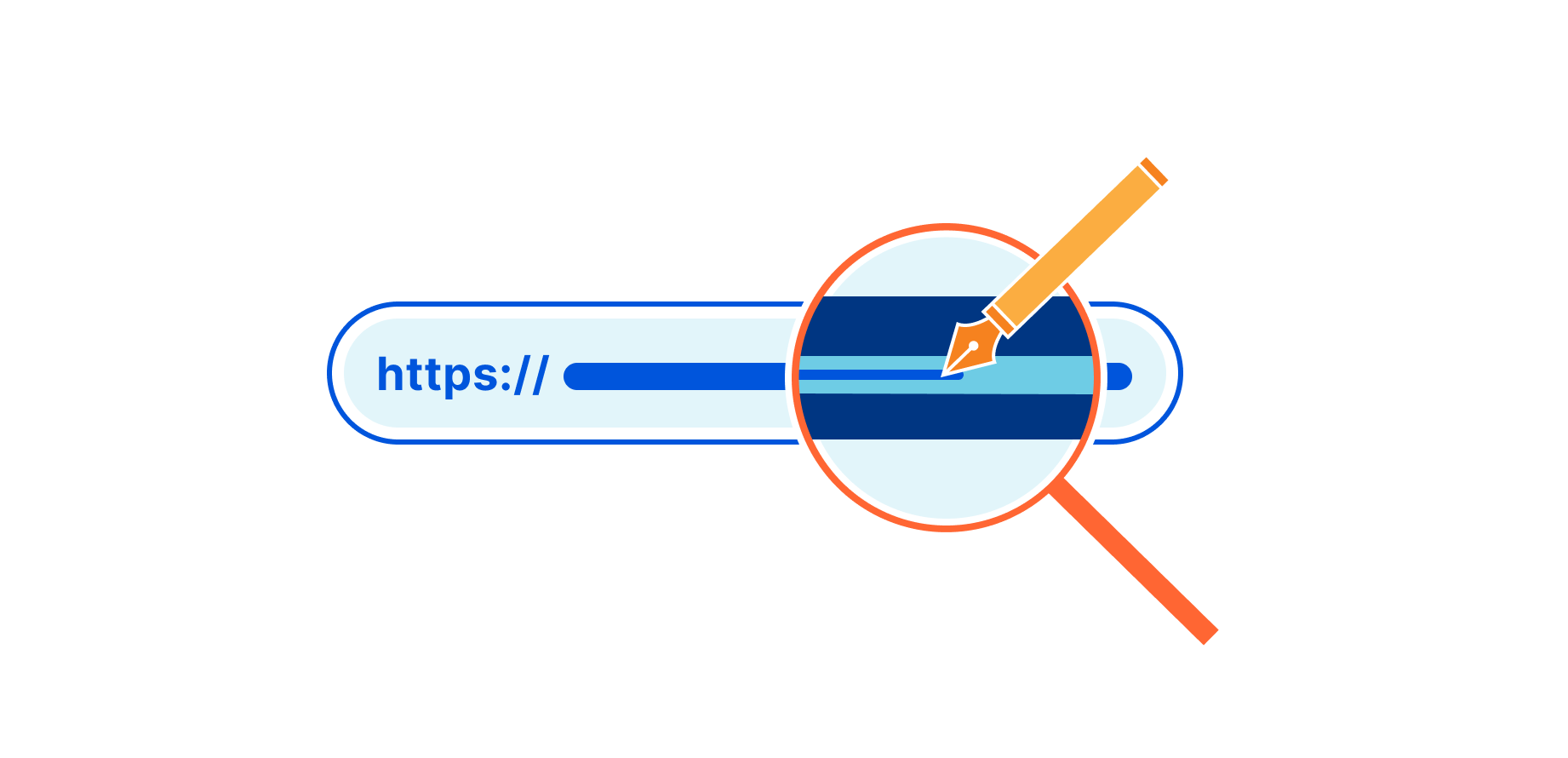
URLs are ugly. They are hard to read, difficult to memorise and often auto-generated for the benefit of the origin server - not the user.
Today we are announcing the immediate availability of Transform Rules for all Cloudflare plans. Transform Rules provide Cloudflare administrators with the ability to create URL rewrite rules. These rules transform HTTP requests as they flow through Cloudflare providing an interpretation layer between the human friendly and the computer friendly.
Ease of understanding
Imagine you are going on a much needed around-the-world trip and want to buy a copy of John Graham-Cumming’s book The Geek Atlas: 128 Places Where Science and Technology Come Alive to use as inspiration. Would the link https://www.travelbooks247.com/dp/0596523203/ make sense to you? Chances are the answer is no. It's hard for humans to understand these complex, contextless URLs.
This is why companies instead provide user friendly alternatives such as: https://www.travelbooks247.com/Geek-Atlas-Places-Science-Technology/dp/0596523203/ and use web servers as the interpreter. This interpretation is known as URL rewriting.
Large ecommerce retailers take HTTP requests to these human-friendly URLs and rewrite them using a simple pattern that strips the content Geek-Atlas-Places-Science-Technology/ before sending the HTTP request to the backend. The human readable hyperlink Continue reading
Claim: You Don’t Have to Be a Networking Expert to Do Kubernetes Network Security
I was listening to an excellent container networking podcast and enjoyed it thoroughly until the guest said something along the lines of:
With Kubernetes networking policy, you no longer have to be a networking expert to do container network security.
That’s not even wrong. You didn’t have to be a networking expert to write traffic filtering rules for ages.
Claim: You Don’t Have to Be a Networking Expert to Do Kubernetes Network Security
I was listening to an excellent container networking podcast and enjoyed it thoroughly until the guest said something along the lines of:
With Kubernetes networking policy, you no longer have to be a networking expert to do container network security.
That’s not even wrong. You didn’t have to be a networking expert to write traffic filtering rules for ages.
Cloudflare’s WAF is recognized as customers’ choice for 2021
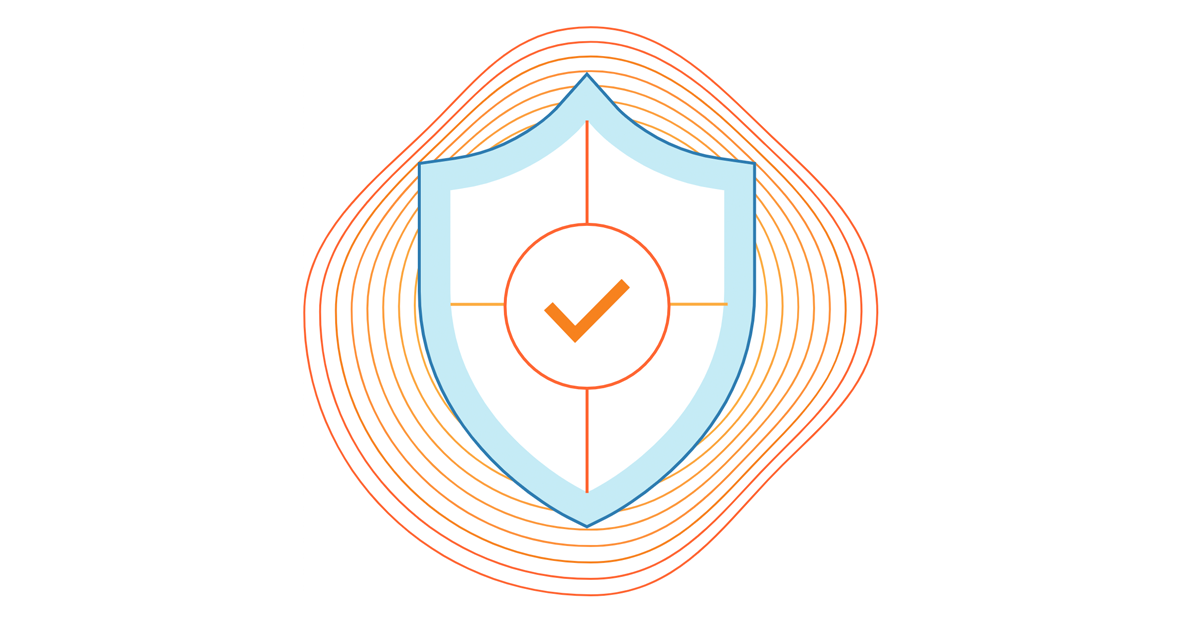
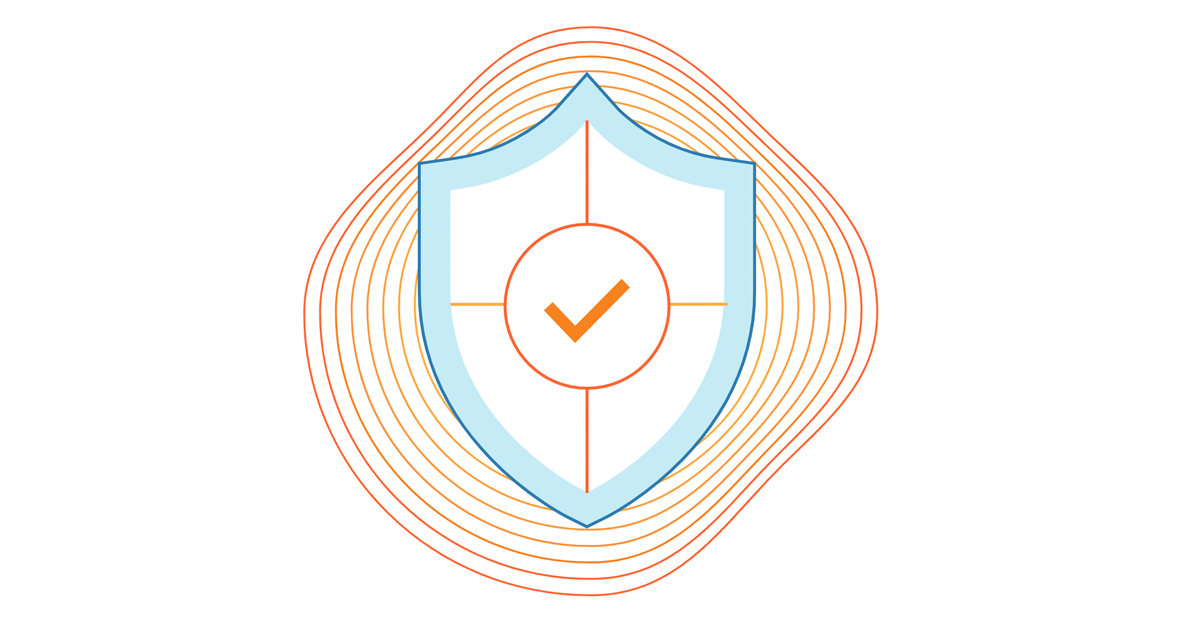
The team at Cloudflare building our Web Application Firewall (WAF) has continued to innovate over the past year. Today, we received public recognition of our work.
The ease of use, scale, and innovative controls provided by the Cloudflare WAF has translated into positive customer reviews, earning us the Gartner Peer Insights Customers' Choice Distinction for WAF for 2021. You can download a complimentary copy of the report here.

Gartner Peer Insights Customers’ Choice distinctions recognize vendors and products that are highly rated by their customers. The data collected represents a top-level synthesis of vendor software products most valued by IT Enterprise professionals.
The positive feedback we have received is consistent and leads back to Cloudflare’s product principles. Customers find that Cloudflare’s WAF is:
- “An excellent hosted WAF, and a company that acts more like a partner than a vendor” — Principal Site Reliability Architect in the Services Industry [Full Review];
- “A straightforward yet highly effective WAF solution” — VP in the Finance Industry [Full Review];
- “Easy and Powerful with Outstanding Support” — VP Technology in the Retail Industry [Full Review];
- “Secure, Intuitive and a Delight for web security and accelerations” — Sr Director-Technical Product Continue reading
End User Security: Account Takeover Protections with Cloudflare

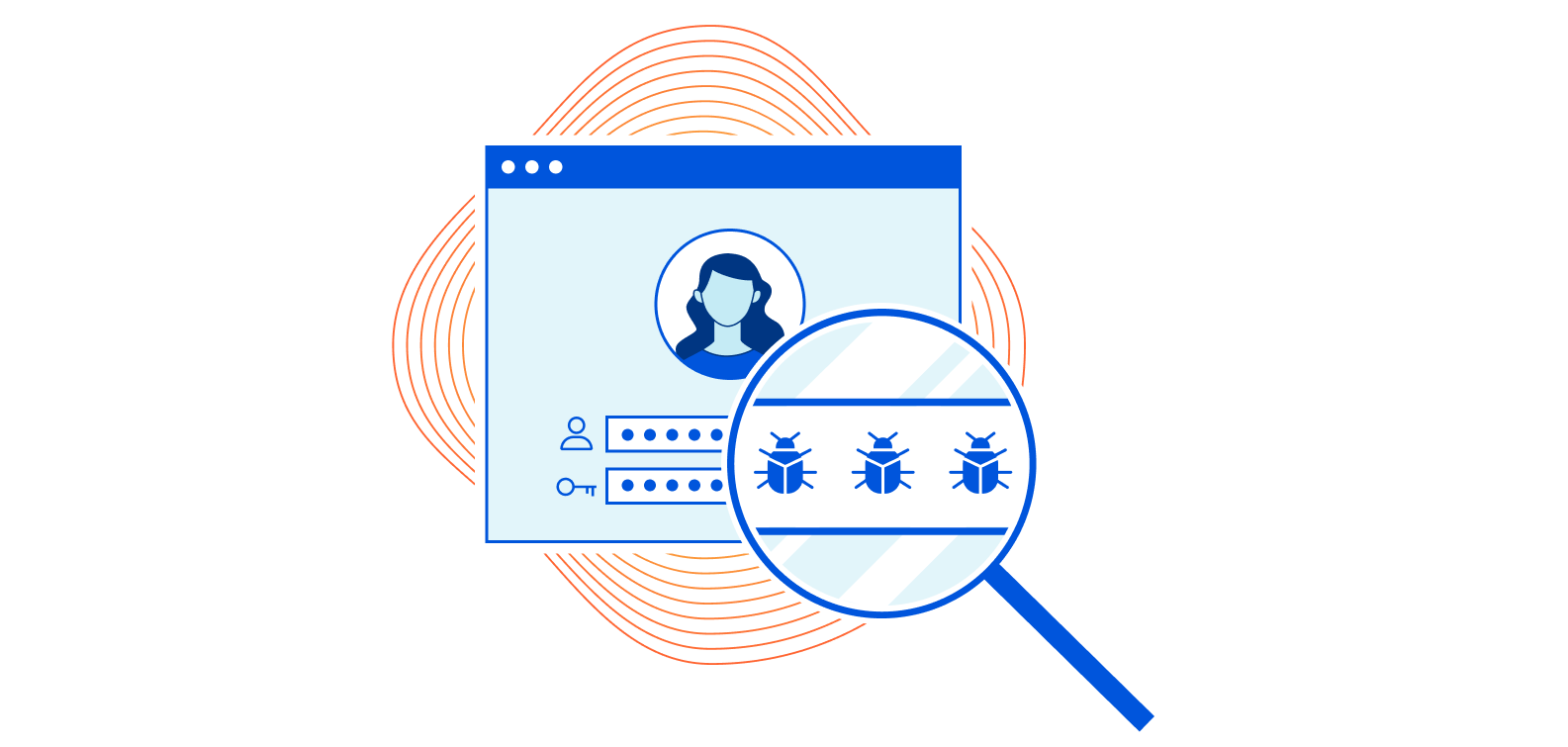
End user account security is always a top priority, but a hard problem to solve. To make matters worse, authenticating users is hard. With datasets of breached credentials becoming commonplace, and more advanced bots crawling the web attempting credential stuffing attacks, protecting and monitoring authentication endpoints becomes a challenge for security focused teams. On top of this, many authentication endpoints still rely just on providing a correct username and password making undetected credential stuffing lead to account takeover by malicious actors.
Many features of the Cloudflare platform can help with implementing account takeover protections. In this post we will go over several examples as well as announce a number of new features. These include:
- Open Proxy managed list (NEW): ensure authentication attempts to your app are not coming from proxy services;
- Super Bot Fight Mode (NEW): keep automated traffic away from your authentication endpoints;
- Exposed Credential Checks (NEW): get a warning whenever a user is logging in with compromised credentials. This can be used to initiate a two factor authentication flow or password reset;
- Cloudflare Access: add an additional authentication layer by easily integrating with third party OATH services, soon with optional enforcement of managed devices (NEW);
- Rate Limiting Continue reading
The Insecurity of Ambiguous Standards

Why are networks so insecure?
One reason is we don’t take network security seriously. We just don’t think of the network as a serious target of attack. Or we think of security as a problem “over there,” something that exists in the application realm, that needs to be solved by application developers. Or we think the consequences of a network security breach as “well, they can DDoS us, and then we can figure out how to move load around, so if we build with resilience (enough redundancy) we’re already taking care of our security issues.” Or we put our trust in the firewall, which sits there like some magic box solving all our problems.
The problem is–none of this is true. In any system where overall security is important, defense-in-depth is the key to building a secure system. No single part of the system bears the “primary responsibility” for “security.” The network is certainly a part of any defense-in-depth scheme that is going to work.
Which means network protocols need to be secure, at least in some sense, as well. I don’t mean “secure” in the sense of privacy—routes are not (generally) personally identifiable information (there are always Continue reading
A quick FAQ about NFTs
I thought I'd write up 4 technical questions about NFTs. They may not be the ones you ask, but they are the ones you should be asking. The questions:
- What does the token look like?
- How does it contain the artwork? (or, where is the artwork contained?)
- How are tokens traded? (How do they get paid? How do they get from one account to another?)
- What does the link from token to artwork mean? Does it give copyrights?
#1 What does the token look like?
An NFT token has a unique number, analogous to:
- your social security number (SSN#)
- your credit card number
- the VIN# on your car
- the serial number on a dollar bill
- etc.
This unique number is composed of two things:
- the contract number, identifying the contract that manages the token
- the unique token identifier within that contract
Announcing API Abuse Detection
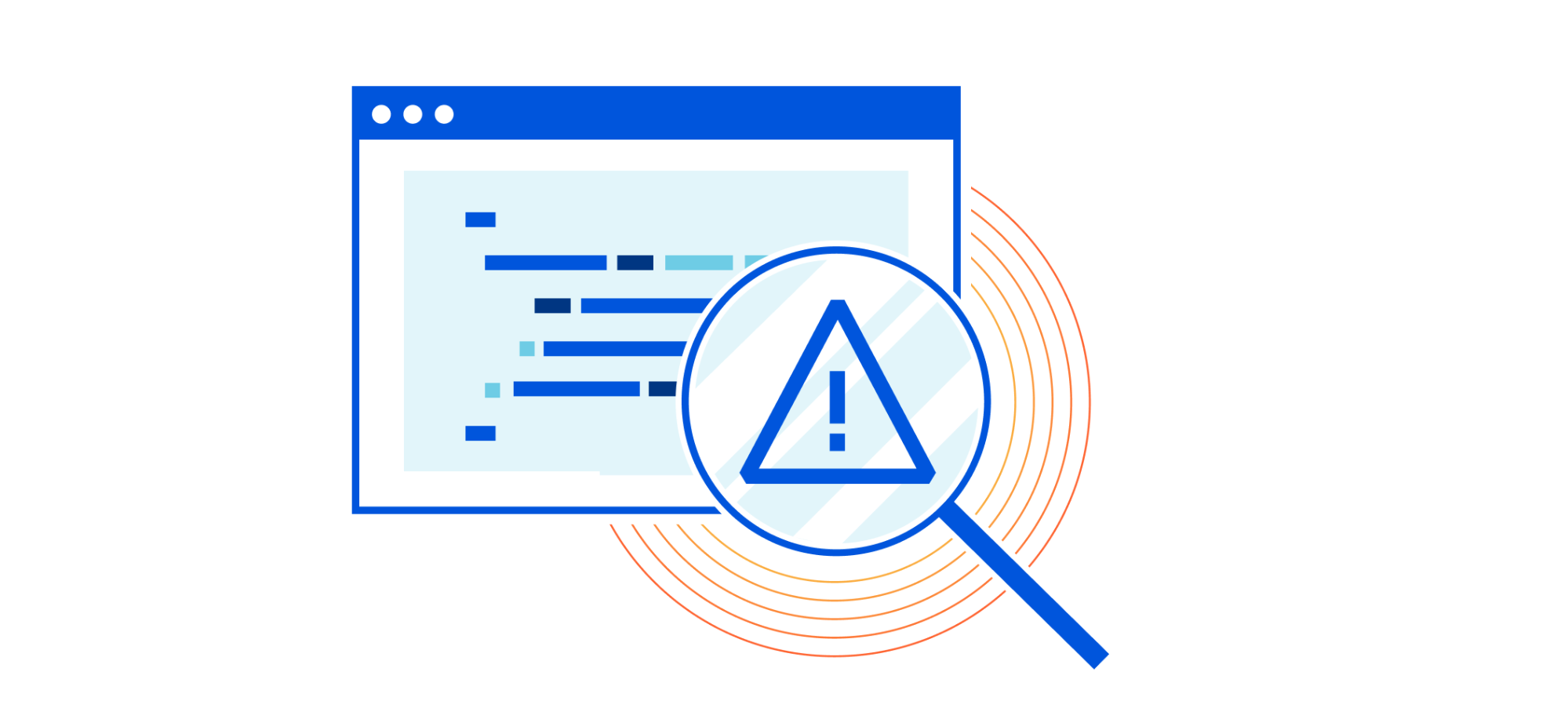
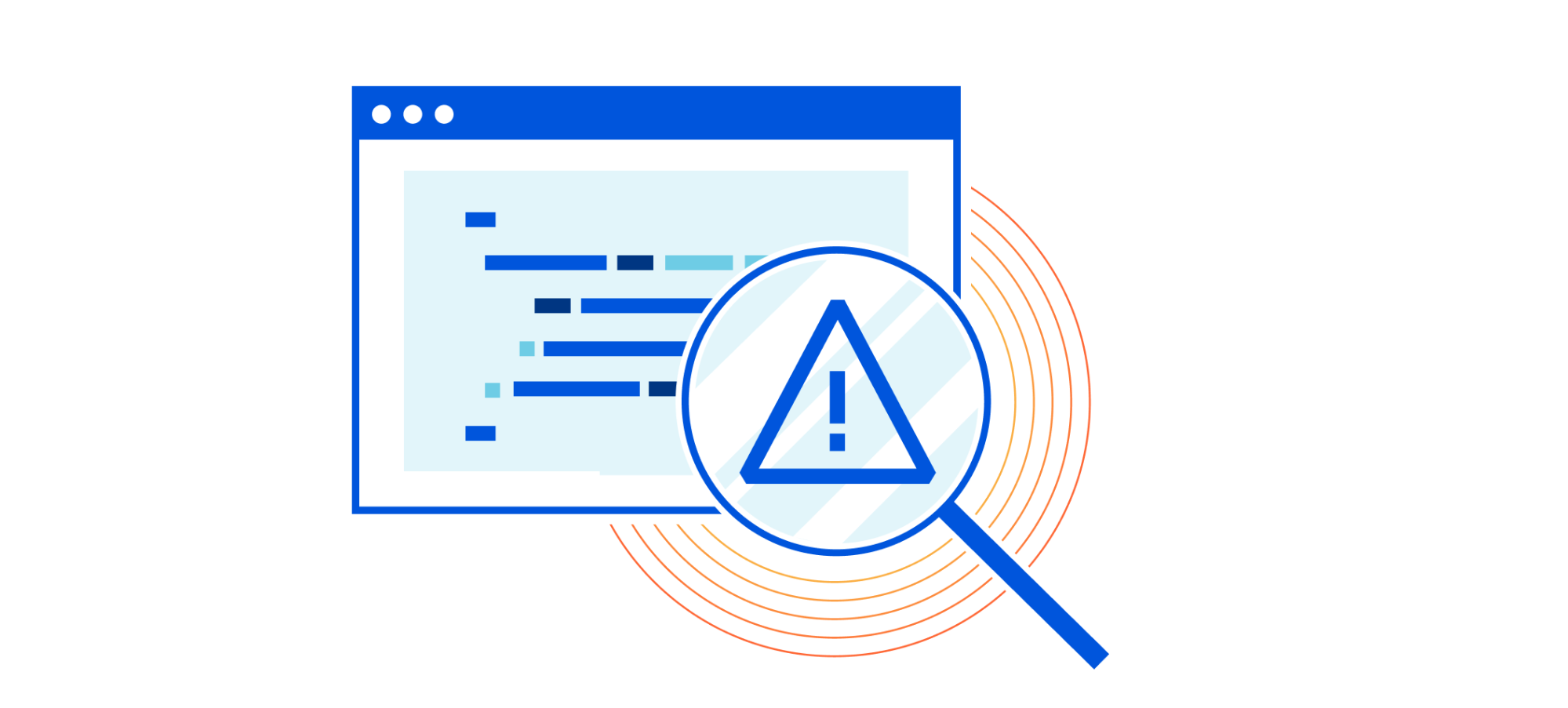
APIs are incredibly important. Throughout the 2000s, they formed the backbone of popular web services, helping the Internet become more useful and accessible. In the 2010s, APIs played a larger role in our lives, allowing personal devices to communicate with the digital world. Many of our daily activities, like using rideshare services and paying for lattes, are dependent on this form of modern communication. Now we are approaching a post-pandemic world in which APIs will be more important than ever.
Unfortunately, as any technology grows, so does its surface area for abuse. APIs are no exception. Competing rideshare services might monitor each other’s prices via API, spawning a price war and a waste of digital resources. Or a coffee drinker might manipulate an API for a latte discount. Some companies have thousands of APIs — including ones that they don’t even know about. Cloudflare can help solve these problems.
Today, we are announcing early access to API Discovery and API Abuse Detection.
Background
Before going further, it’s important to explain why we need a solution for APIs. Traditional security tools, including Rate Limiting and DDoS Protection, can be wonderfully useful. But these approaches were not built to act Continue reading
Protecting Cloudflare Customers from BGP Insecurity with Route Leak Detection
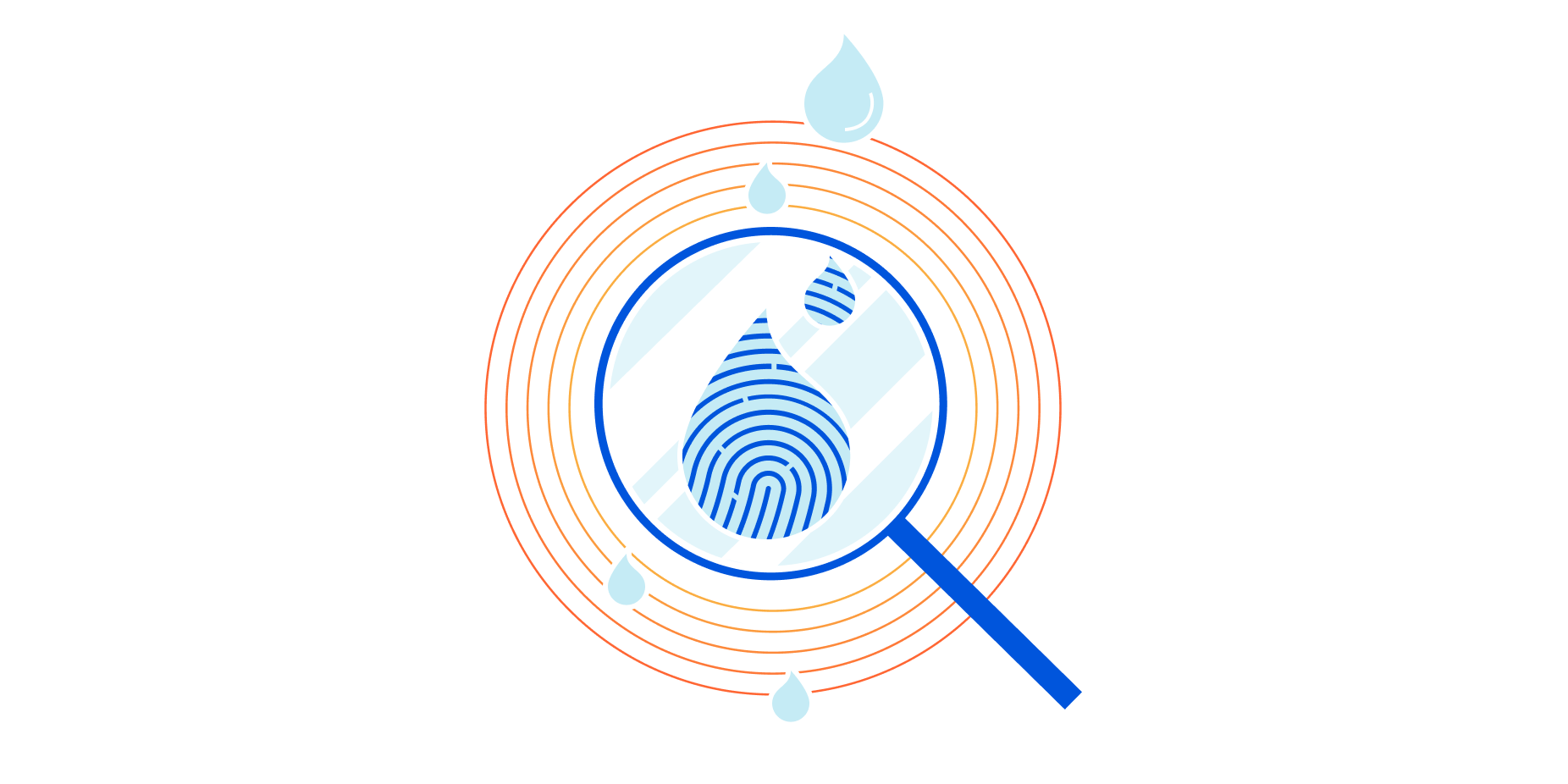

Border Gateway Protocol (BGP) route leaks and hijacks can ruin your day — BGP is insecure by design, and incorrect routing information spreading across the Internet can be incredibly disruptive and dangerous to the normal functioning of customer networks, and the Internet at large. Today, we're excited to announce Route Leak Detection, a new network alerting feature that tells customers when a prefix they own that is onboarded to Cloudflare is being leaked, i.e., advertised by an unauthorized party. Route Leak Detection helps protect your routes on the Internet: it tells you when your traffic is going places it’s not supposed to go, which is an indicator of a possible attack, and reduces time to mitigate leaks by arming you with timely information.
In this blog, we will explain what route leaks are, how Cloudflare Route Leak Detection works, and what we are doing to help protect the Internet from route leaks.
What are route leaks and why should I care?
A route leak occurs when a network on the Internet tells the rest of the world to route traffic through their network, when the traffic isn’t supposed to go there normally. A great example of this Continue reading
Cloudflare’s New Magic WAN Is A Familiar Trick
Cloudflare is building out its network and security services offerings to compete with SASE and CASB providers. The new Magic WAN and Magic Firewall offerings let customers direct traffic from branch offices, remote workers, and data centers to Cloudlfare's infrastructure for WAN transport and security inspection.
The post Cloudflare’s New Magic WAN Is A Familiar Trick appeared first on Packet Pushers.
Witness VMware Disrupt Enterprise Data Center Security at XFD5
The security industry needs to wake up. Today’s attackers are too numerous and too determined to get caught by simple perimeter defenses. It’s no longer a matter of if an attack will be successful, it’s a matter of when. Security pros need to recognize this reality, stop using archaic detect and respond approaches to secure the enterprise, and start focusing on blocking the spread of attacks once they make that initial breach.
Changing the industry won’t be easy. It will require a bold step — one that we believe we’ve taken at VMware with our distributed, software-defined approach to enterprise security. This approach gives us the ability to operationalize east-west security at scale, simplify the implementation of segmentation in just a few steps, and insert advanced threat prevention inside the data center.
We’ll showcase these latest security advances on Thursday, March 25, starting at at 2:00 pm PST. Broadcasting live around the world during Security Field Day 5, NSX security experts will run through simple, practical steps that security teams can take to meet Continue reading
Browser Isolation for teams of all sizes

Every Internet-connected organization relies on web browsers to operate: accepting transactions, engaging with customers, or working with sensitive data. The very act of clicking a link triggers your web browser to download and execute a large bundle of unknown code on your local device.

IT organizations have always been on the back foot while defending themselves from security threats. It is not a question of ‘if’, but ‘when’ the next zero-day vulnerability will compromise a web browser. How can IT organizations protect their users and data from unknown threats without over-blocking every potential risk? The solution is to shift the burden of executing untrusted code from the user’s device to a remote isolated browser.

Bringing Remote Browser Isolation to teams of any size
Today we are excited to announce that Cloudflare Browser Isolation is now available within Cloudflare for Teams suite of zero trust security and secure web browsing services as an add-on. Teams of any size from startups to large enterprises can benefit from reliable and safe browsing without changing their preferred web browser or setting up complex network topologies.
Remote Browsers must be reliable
Running sensitive workloads in secure environments is nothing new, and Remote Browser Isolation (RBI) Continue reading